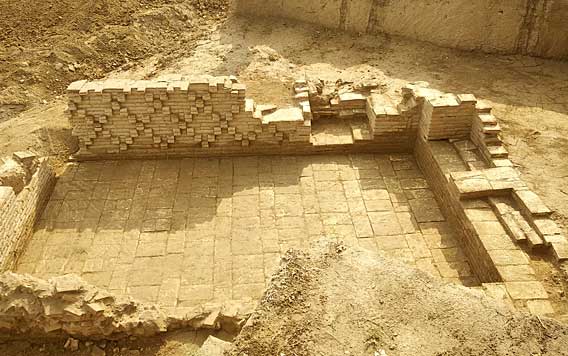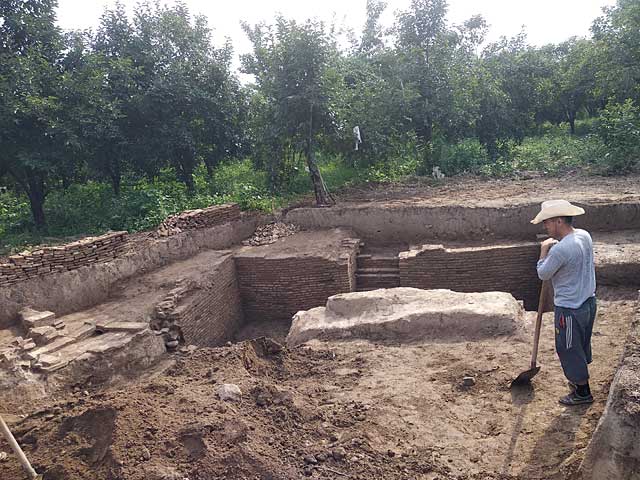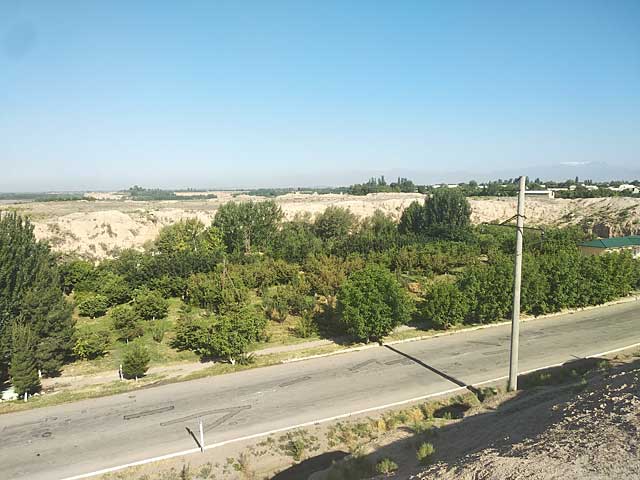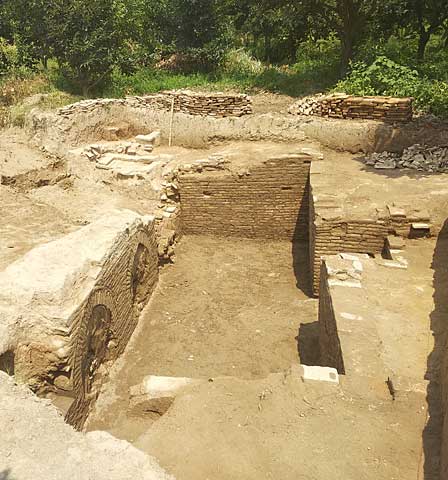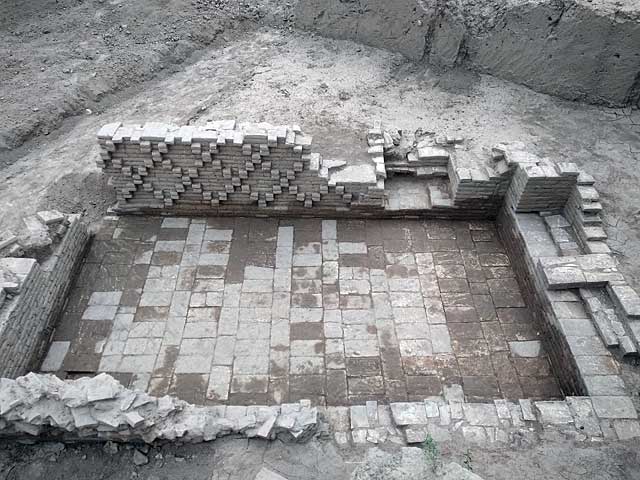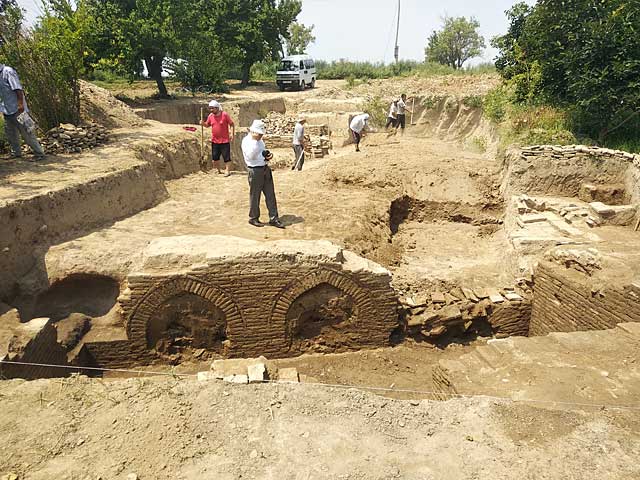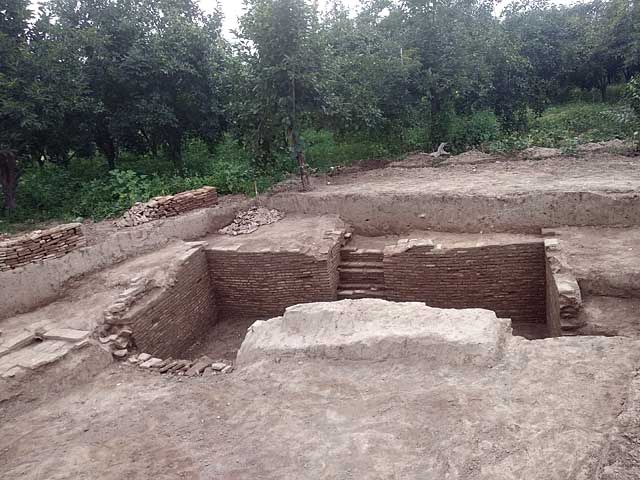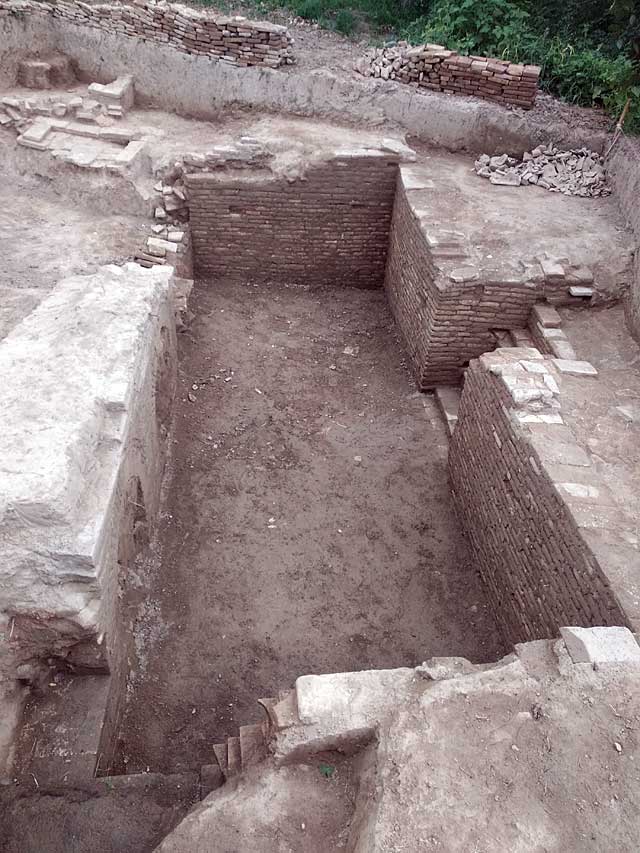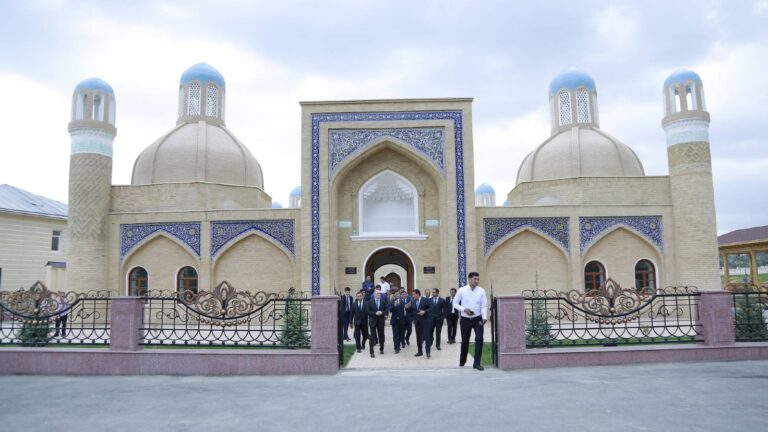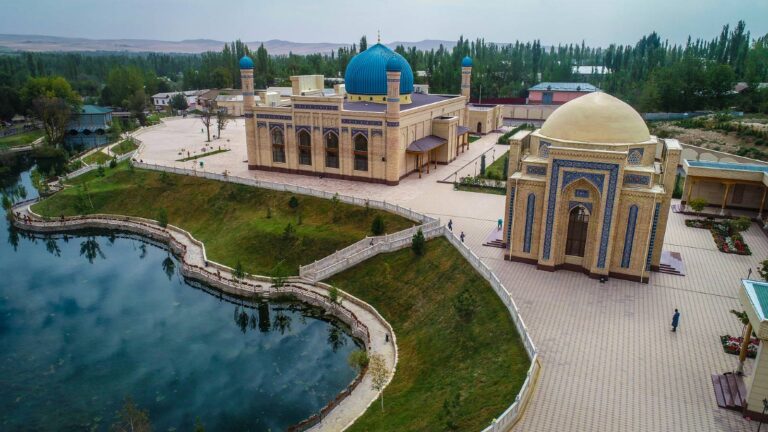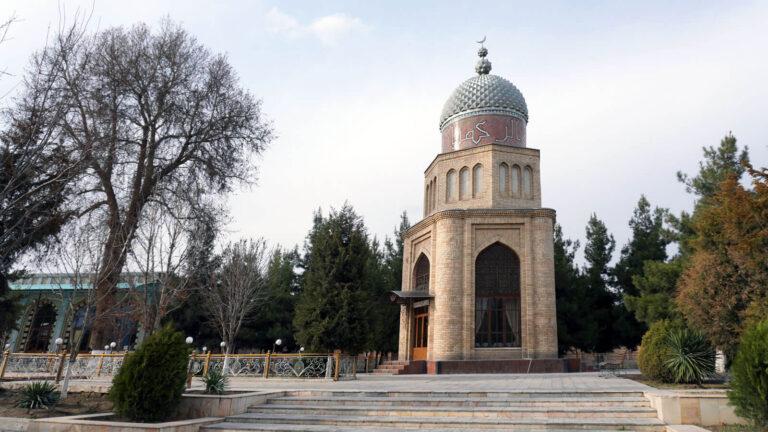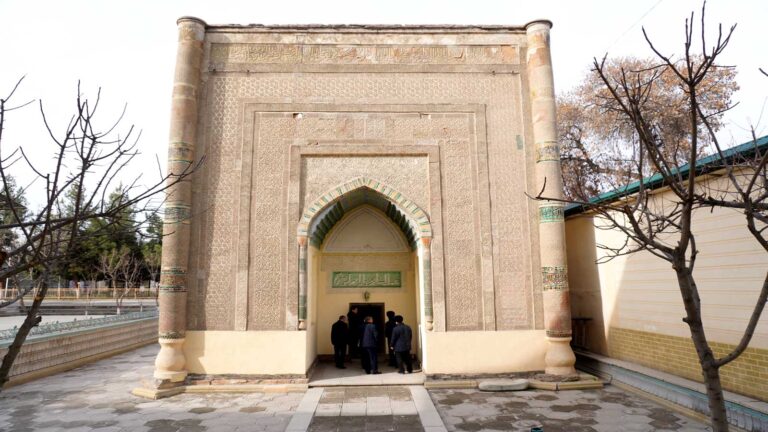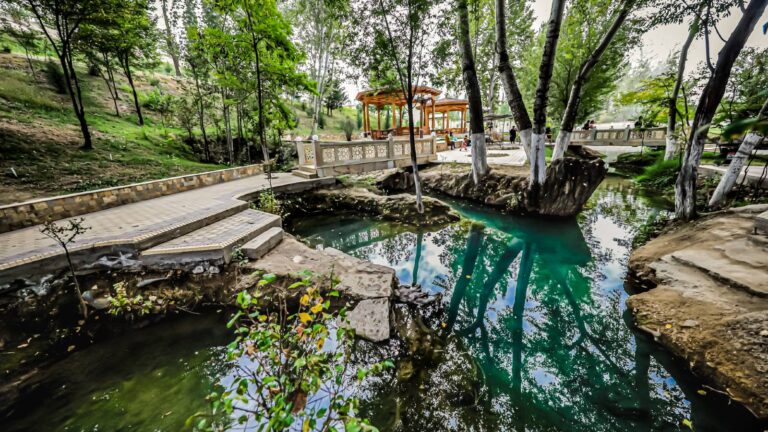Getting There
There are a wide range of transports that local and foreign tourists can use to reach the destination. For example: public buses, taxis and train are available for tourists. The destination is close to the Namangan-Kukand Railway station.
What to Expect
Today, about 60 hectares of the ruins have been preserved, making it the largest archeological site in the Fergana Valley. Archaeologists have unearthed the remains of a blacksmith’s workshop, 10th-13th century baths, soldiers’ rooms, a mosque, defensive walls, underground irrigation networks, a craftsman’s neighborhood, and the ruler’s residence, the Ark.
History
Aksikent (also known as Akhsi) was already well established by the 3rd century BC. Along with 60,000 soldiers, the Chinese commander Li Guanli besieged Aksikent for 40 days in 103 BC in an attempt to gain control of the surrounding territory and, in particular, its famed blood-sweating horses. It recovered from Arab destruction to become the Ferghana Valley’s main city under Samanid rule in the ninth and tenth centuries. Arab geographers describe a metropolis of mosques, bazaars and craftsmen, with the tripartite division common in Central Asia; citadel, shakhristan (inner city) and rabad (large suburb).
Work on the archaeological study of Akhsikent began in the late 19th and early 20th centuries. There are two medieval cities to the west of the ruins of Akhsikent. Academician Y. Gulomov and archaeologist I. Akhrorov for the first time, on the basis of these studies, proved that there were two cities of different eras, one of which was the ancient Akhsikat, and the other was the Ahsikent where Zakhiriddin Muhammad Babur was born.
According to historical data, the city of Aksikent emerged in the 3rd-2nd centuries BC, and in the 9th-10th centuries it was the capital of the Fergana Valley. It was completely destroyed by the Mongols in 1219. New Aksikent, built 5-7 kilometers west of the former site, belongs to the XIV-XVII centuries.
Work on the archaeological study of Akhsikent began in the late 19th and early 20th centuries. There are two medieval cities to the west of the ruins of Akhsikent. Academician Y. Gulomov and archaeologist I. Akhrorov for the first time, on the basis of these studies, proved that there were two cities of different eras, one of which was the ancient Akhsikat, and the other was the Ahsikent where Zakhiriddin Muhammad Babur was born.
Facilities Available
For the convenience of visitors, the Monument Akhsikent has a parking place for 100 cars and 12 shops for souvenirs and handicrafts as a reminder of Akhsikent Monument. Additionally, there are public toilets, Bar/Restaurant, Tourism Information (including in foreign languages), Public Transportation and Taxis.

